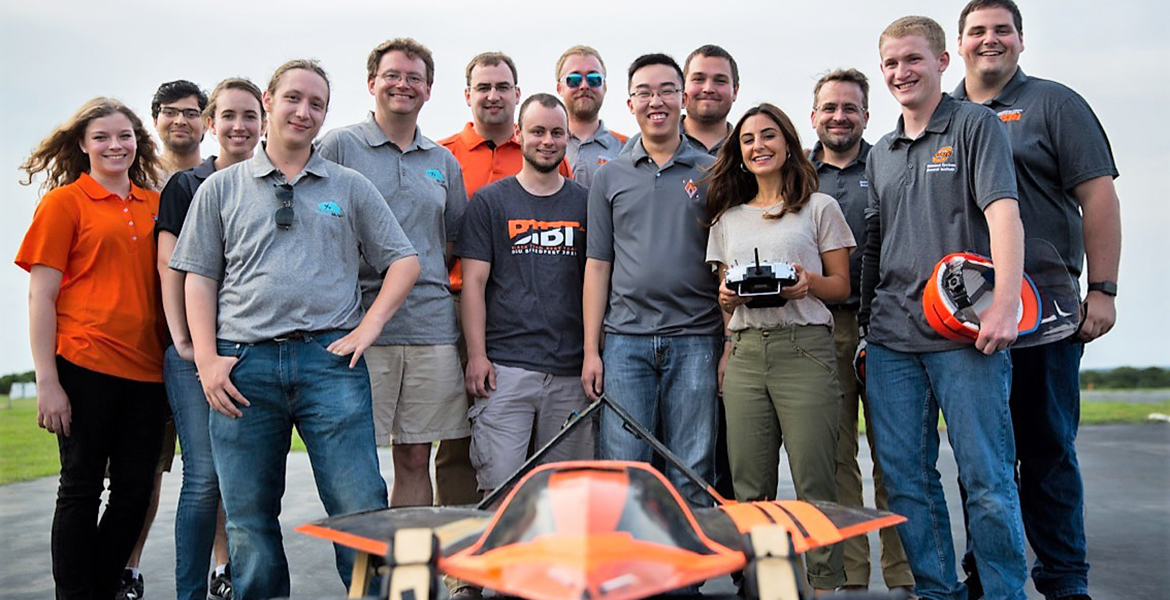
National Geographic to Air Explorer Tornado Episode Featuring Dr. Elbing and Team
Monday, December 3, 2018
Brian Elbing and his team are catching the attention of media networks across the nation, including National Geographic!
A new episode of Explorer on the National Geographic Channel featuring Elbing’s research is scheduled to air on February 4, 2019.
Elbing is a professor in mechanical and aerospace engineering in the College of Engineering, Architecture and Technology at Oklahoma State University who has been conducting research on the low-frequency sounds that tornados emit.
After developing a system of microphones and soaker hoses to capture low-frequency sounds, or infrasound, Elbing and his team can interpret how the storm is forming. With this technology, scientists will be able to predict tornadoes before they form and potentially determine the size and intensity of the rotation.
“Evidence suggests that how loud [the infrasound] is directly relates to how strong [the tornado] is,” Elbing said. “We still need more data to prove that, but if that’s the case, we should be able to listen and say ‘it’s this loud, it’s an EF-4.’”
Elbing and his team collaborates with CLOUD-MAP, a multi-university collaboration led by OSU professor Jamey Jacob that develops drones used in weather forecasting where the drones can be flown to the site of a developing tornado to measure the atmosphere.
“There’s evidence that tornadoes can start emitting infrasound an hour beforehand,” Elbing said. “So, if I have a drone, when I start detecting this infrasound, I could deploy the drone and go measure the atmosphere at that location.”
This can play a vital role in increasing accuracy of tornado warnings.
Using his research and drone technology, his hope is that his findings will one day save lives, provide a deeper understanding of the environment and restore Oklahomans’ faith in the power of a twister.
See the episode here.
